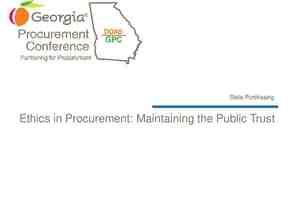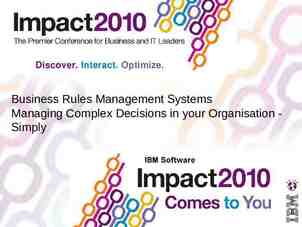11-1
11 Slides264.00 KB
11-1
11-2 11 Fraud Examination Evidence III: Forensic Science and Computer Forensics McGraw-Hill/Irwin Copyright 2012 by The McGraw-Hill Companies, Inc. All rights reserved.
11-3 Forensic Science Forensic science is the application of science to legal matters. Forensic science has numerous branches, many of which are important to forensic accounting.
11-4 Participants in Forensic Science Investigations
11-5 Crime Labs The United States has hundreds of crime labs. Approximately 80 percent of them are affiliated with a police agency. The better labs are accredited by one of the main accrediting organizations such as the American Society of Crime Laboratory Directors or the National Forensic Science Technology Center. At the state level, a crime lab typically includes a single parent lab and several regional labs. The typical crime lab has four divisions or departments: serology (fluids), unknown substances (including drugs and poisons), trace evidence (small items examined under a microscope including hairs and fibers), ballistics, and fingerprints.
11-6 Types of Evidence Physical This type of evidence includes tangible objects that can be physically carried into a courtroom and shown to a jury. It is said to speak for itself. Testimonial This evidence includes testimony made under oath by eyewitnesses, expert witnesses, and character witnesses as well as confessions and hearsay evidence. Documentary This evidence type normally includes recorded information, such as an audio or video recording or a transcript of a telephone intercept. Unlike physical evidence, documentary evidence does not speak for itself but requires support from an expert witness Demonstrative Includes charts, graphs, and computer reconstructions that attorneys or expert witnesses can prepare for use in either direct testimony or cross-examination.
11-7 Physical Evidence Investigators generally rely on three elements to solve crimes: physical evidence, witnesses, and confessions. Most financial crimes are solved using physical evidence, including computer records, bank records, and charge card records. Good physical evidence often makes obtaining confessions easier, and witnesses can be more cooperative when they are aware of strong physical evidence. In general, financial records are the most important type of physical evidence to forensic accountants. Most financial crimes leave either money trails or record trails, or both. Fingerprints and Handwriting.
11-8 Forensic Identification Forensic identification occurs when the physical evidence can be specifically and unequivocally linked to a particular object or person. A famous statement relating to forensic identification is the Locard exchange principle, which says that “every contact leaves a trace.” Forensic Identification is typically based on points of comparison. Matching points can indicate class identification or unique forensic identification.
11-9 Computer Forensics Computer forensics involves applying computer science techniques to assist in investigations relating to a wide range of legal matters. Three typical tasks of computer forensics: Identify the perpetrator(s) of a crime or other type of malfeasance. Locate and recover data, files, or e-mail messages relating to a crime or civil matter. Reconstruct damaged databases and files.
11-10 Steps in the Forensic Investigation of Computers 1. 2. 3. 4. 5. 6. 7. 8. Size Up the Situation Log Every Detail Conduct the Initial Survey Assess the Possibility of Ongoing Undesirable Activity Power Down Check for Booby Traps Duplicate the Hard Drive or Other Permanent Storage Unit Analyze the Hard Drive
11-11 Law Enforcement Databases and Networks Automated Fingerprint Identification System (IAFIS) National DNA Index System (NDIS) Combined DNA Index System (CODIS) National Integrated Ballistics Information Network (NIBIN) National Law Enforcement Telecommunications Systems (NLETS) National Crime Information Center (NCIC ) Network Financial Crimes Enforcement Network (FinCEN)
















